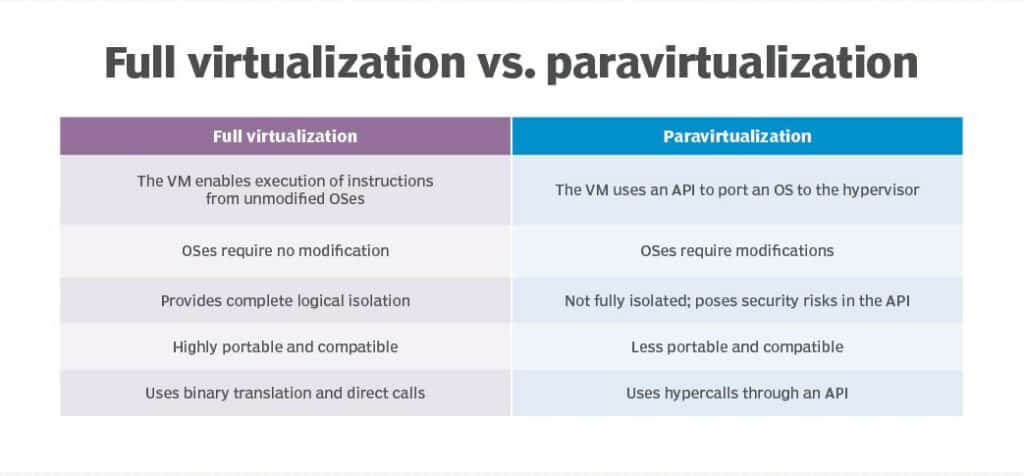BLOG
Top-5 benefits of server virtualization
Computer viruses have been around for decades and continue to cause chaos in the digital world. They are malicious software programs that can infect computers, steal data, and damage computer systems. In this article, we will explore the causes of computer viruses, the symptoms they exhibit, and the best practices to prevent them from infecting your computer.
What are the benefits of virtualizing servers?
Server virtualization offers a range of benefits for businesses, including cost savings, improved resource utilization, and increased flexibility. Let’s take a closer look at the top advantages of server virtualization:
Improved resource utilization
Server virtualization allows organizations to make better use of their hardware resources by enabling multiple virtual machines to run on a single physical server. This means that businesses can achieve higher levels of resource utilization, leading to improved performance and efficiency.
Increased flexibility
Server virtualization makes it easier for businesses to scale their IT infrastructure up or down as needed, without having to invest in additional physical hardware. This can be particularly beneficial for organizations that experience seasonal spikes in demand, as they can quickly provision additional virtual machines to meet increased workload demands.
Enhanced disaster recovery
Server virtualization enables businesses to create backup copies of their virtual machines and quickly restore them in the event of a disaster. This can help to minimize downtime and ensure business continuity.
Simplified management
Server virtualization simplifies IT management by providing a centralized management console that enables administrators to manage multiple virtual machines from a single location. This can help to reduce the time and resources required to manage an organization’s IT infrastructure.
Now that we’ve explored the top advantages of server virtualization, let’s take a closer look at the different types of server virtualization.
Server virtualization types

There are two main types of server virtualization:
Full virtualization
Full virtualization is the most common type of server virtualization, in which a hypervisor is installed on the physical server to enable multiple virtual machines to run on top of it. Each virtual machine runs its own operating system, which is isolated from other virtual machines and the underlying hardware.
Para-virtualization
Para-virtualization is a type of server virtualization in which the virtual machines share the same operating system kernel as the host server. This enables the virtual machines to achieve higher levels of performance than with full virtualization, but it requires more coordination between the virtual machines and the host operating system.
In addition to these two main types of server virtualization, there are also several other types that are used for specific purposes, such as application virtualization, network virtualization, and storage virtualization.
Application virtualization involves isolating an application from the underlying operating system and hardware, allowing it to run in a virtual environment that is independent of the host system. This can help to simplify application deployment and maintenance.
Network virtualization involves abstracting the physical network infrastructure to create a virtual network that can be easily managed and provisioned. This can help to improve network performance and reduce the time and resources required to manage the network infrastructure.
Storage virtualization involves abstracting physical storage devices to create a virtual storage pool that can be easily managed and provisioned. This can help to improve storage utilization and reduce the time and resources required to manage the storage infrastructure.
Summary
In summary, server virtualization offers numerous benefits for organizations, including cost savings, improved resource utilization, increased flexibility, enhanced disaster recovery, and simplified management. By consolidation servers into a smaller number of virtual machines, organizations can reduce their hardware and maintenance costs while achieving higher levels of resource utilization and performance. There are two main types of server virtualization: full virtualization and para-virtualization, as well as several other types for specific purposes such as application virtualization, network virtualization, and storage virtualization. At PowerfulITSystems, we specialize in server virtualization, servers consolidation and can help organizations of all sizes implement this technology to achieve their IT goals. Contact us today to learn more about how we can help your organization benefit from server virtualization.


